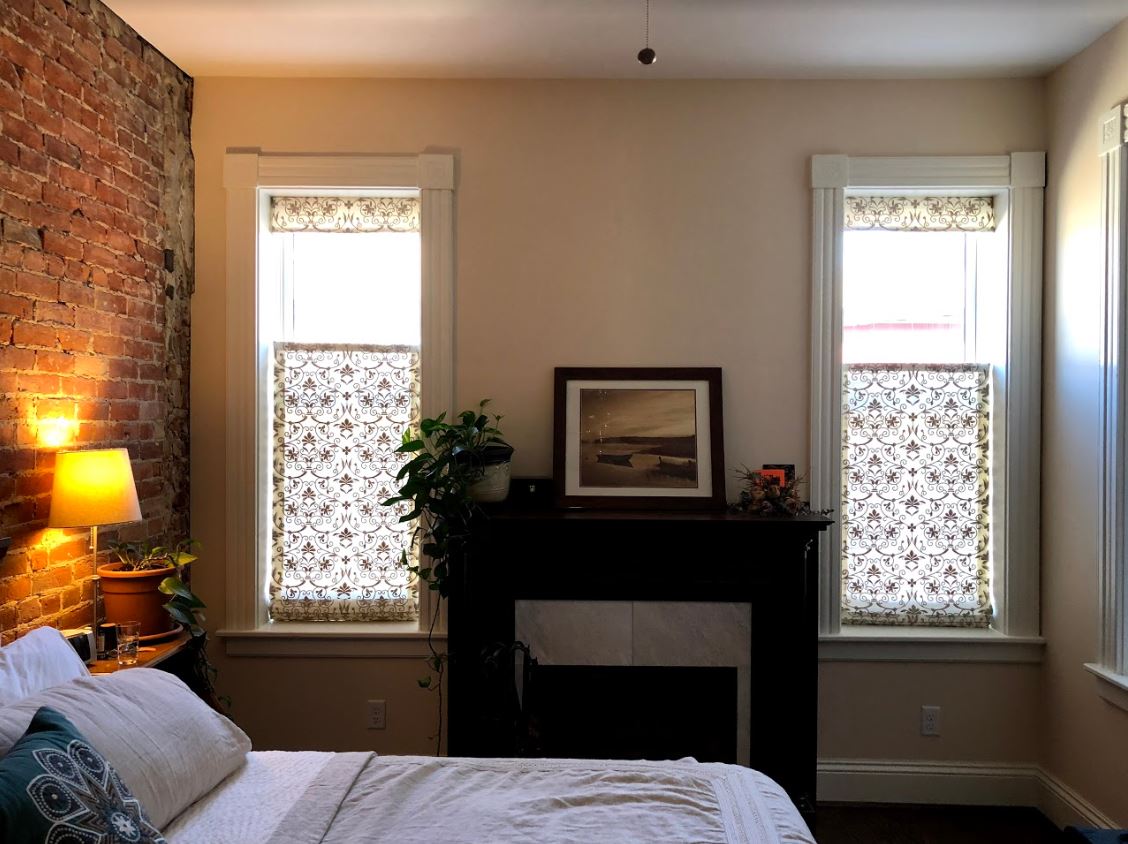This series of condos exhibit a contemporary design gracefully blended with Over-the-Rhine’s historic architectural qualities. In combining the old with the new, this project strives to emphasize current means and methods of construction to meet the ever-growing demand of a sustainable lifestyle. With this mindset in place, much of the project was directed by high performance fittings, fixtures, glazing, and responsibly sourced materials that cohesively seek out LEED GOLD certification.
One of the early qualifiers for LEED was defining the project’s site, located within steps of ample amenities. A streetcar line, bus stops, red bike locations, and numerous brands of electric scooters all pinpoint accessible transit alternatives to single user automobiles. In addition, the site is a swift walking distance to a plethora of businesses, grocers, and retail locations, again offering a break from potential excess reliance on automobiles.
The first physical steps in factoring LEED were focused on framing and insulation strategies. Sourcing all framing materials within a specific distance from the build site eliminates excessive shipping & transportation, while helping maintain a connection with suppliers practicing sustainable forest management. The insulation strategies were derived through square footage of each unit, compared with various insulative materials used throughout, to calculate the most efficient heating & cooling systems for each condo.
Each material selection within these four condos was inherently chosen, not only for their functional and aesthetic quality, but for either their regional availability, low VOC content, or means of responsibility in which they were produced, delivered, and installed. In cases where a desired material is not regional, it’s necessary to obtain an FSC (Forest Stewardship Council - sustainably harvested) certified product such as the tropical hardwood utilized as part of the roof decking.
Following the mindset of reduce, reuse, recycle, several existing elements in this project were highlighted as historic accents. Two stretches of hallway display layers of plaster that evoke a feeling of ancient fresco, a nod to the building’s 110-year-old past, now preserved in the present. Joists pulled from the building during demolition were salvaged, then rebuilt and reused as an accent staircase. These, now stair treads, connect the eye from stairs to several levels of remaining exposed joists of the same material.
Surfaces throughout this site display a composite panel of recycled sawdust mixed with cement, showcased as cladding and benches surrounding a common courtyard.
In reflecting on this project, we’re able to see beyond the upfront benefits of LEED and acknowledge it is a continuing conversation. One that’s pushing us as designers, builders, and citizens of Cincinnati to be better stewards. Better not only within our own homes but pushing our boundaries in ways we can think and act as stewards beyond our immediate communities. That is a conversation we’re willing to keep having.






































